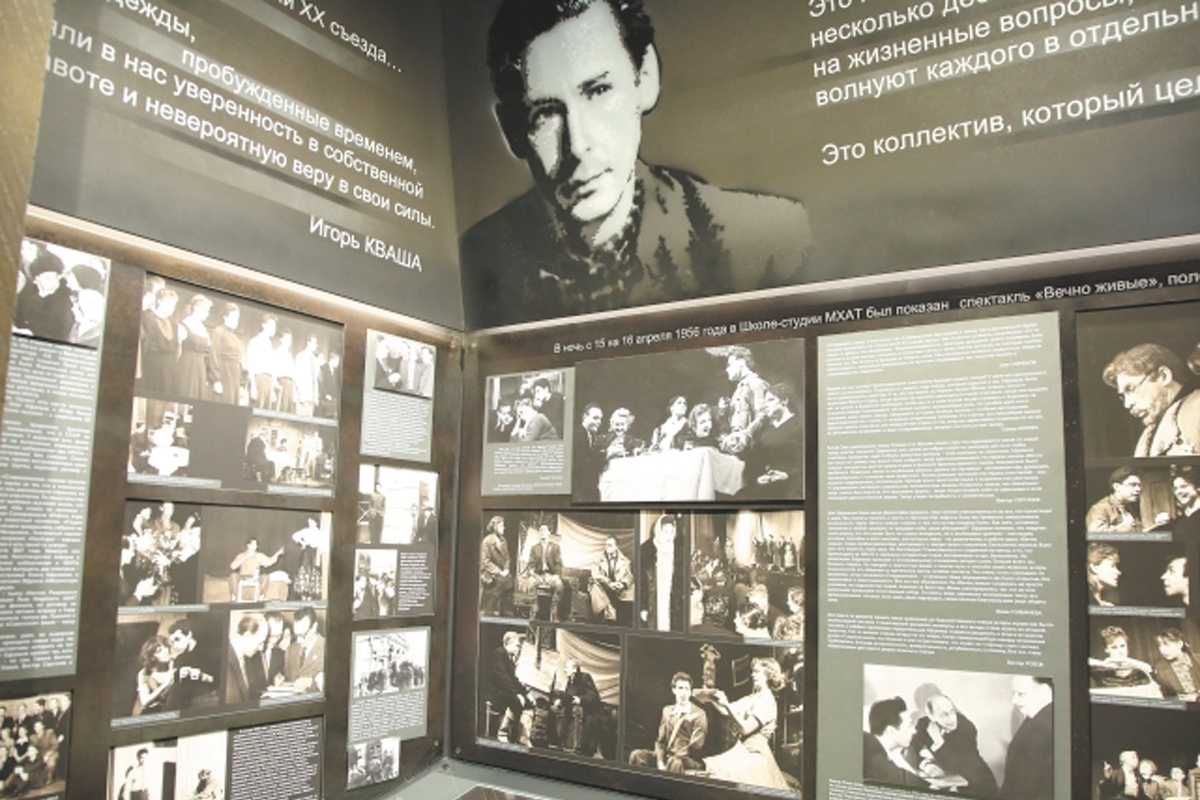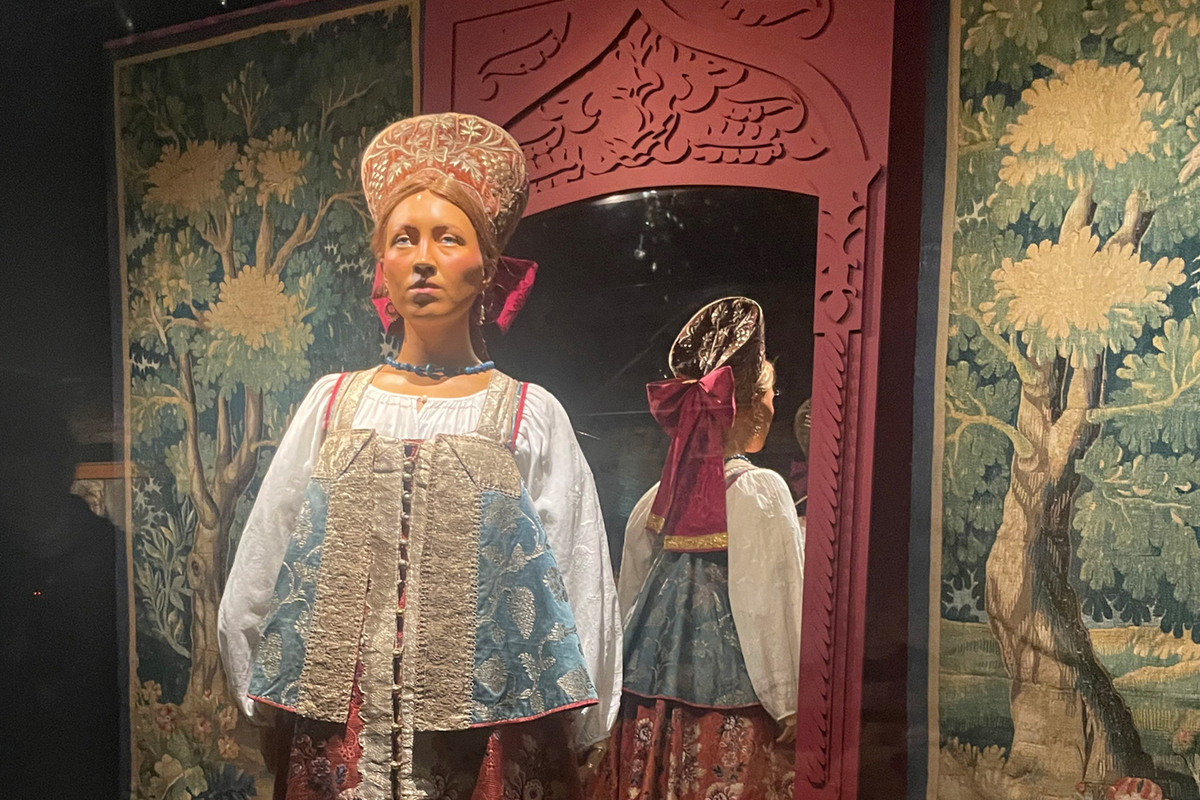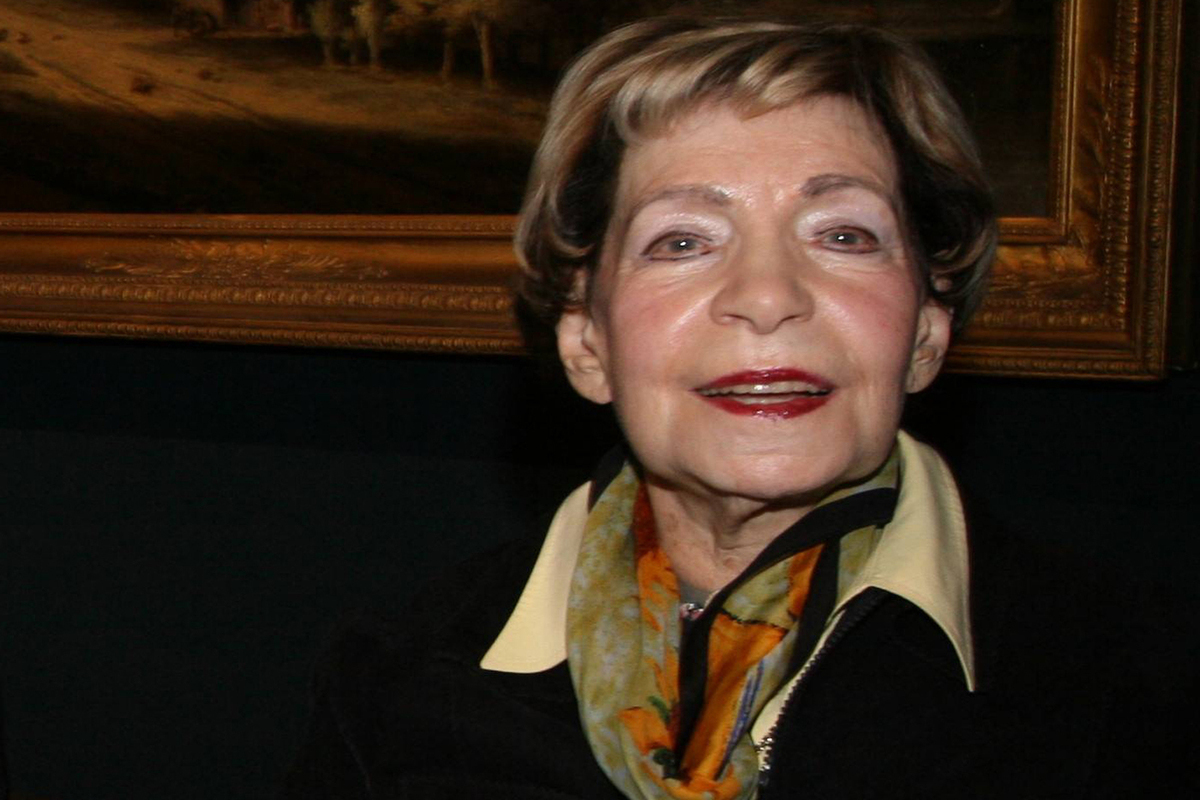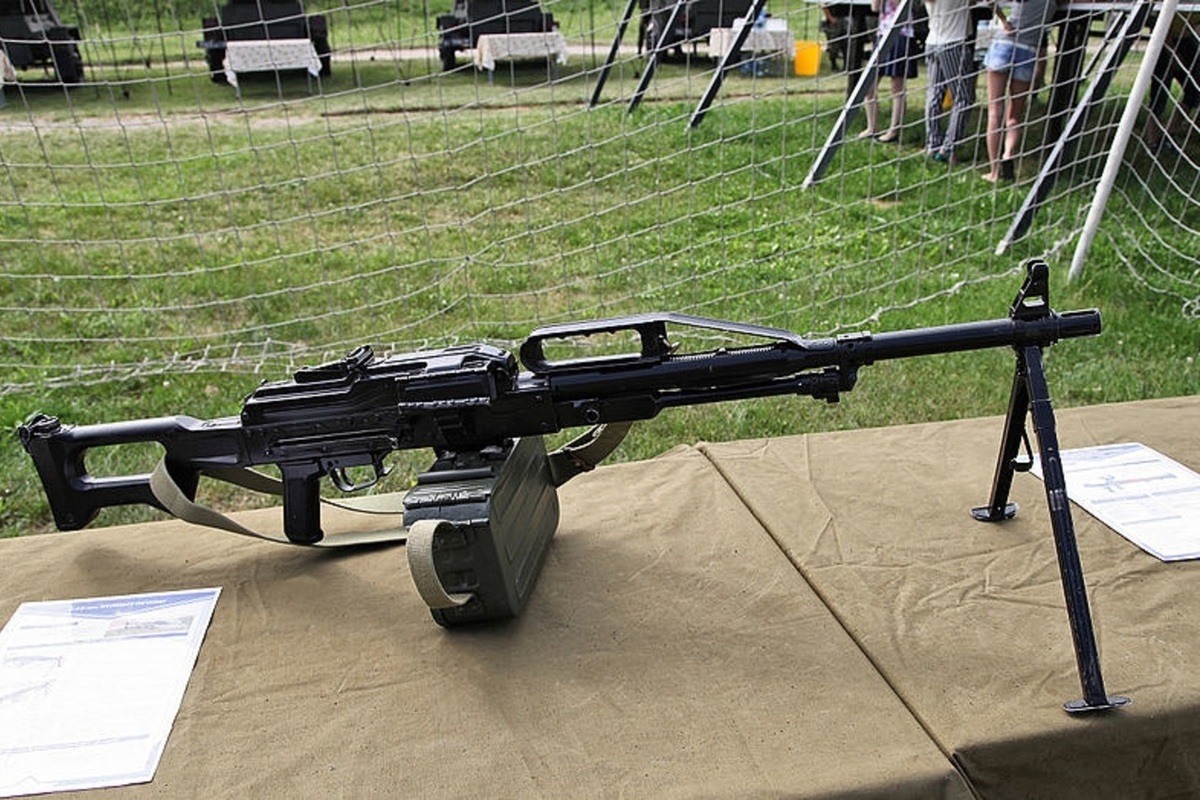Me and Spain

Slovo Publishing House published a book by Tatyana Pigareva "Spain from I to Z. Dali's Doubles, Cervantes' Vobla and Other Stories of an Inveterate Hispanist". I plunged into the world of author's Spain with pleasure Alexey Mokrousov.
Any book named according to the principle "Encyclopedia from A to Z" initially arouses slight suspicion: the omissions are obvious, the completeness of the information is questionable. But the book of the famous Spanish historian Tatyana Pigareva "Spain from I to Z" only pretends to be an encyclopedia, and therefore does not begin with the first letter of the alphabet, but with "i". It is rather a collection of different stories, divided into nine chapters and nine interludes that precede them, related to museums and cinema, literature and history of the twentieth century, the mysteries of Cervantes' portraits, the life of Spanish children taken to the USSR in the 1930s, and that personal view of modernity, which not only conveys the narrator's lively feeling about the country and people, but allows the listener and reader to become part of an unfamiliar, but such an alluring world.
Another question, what does the letter "I" mean - Spain or Art? There is a lot of art in the book: Pigareva talks about the life of her favorite museum - the Prado - and recalls the strange legacy of Francoism, when five directors changed in six years. Or recalls how Spanish post-war abstractionism became the hallmark of this very Francoism of the 1950s. In Moscow, by a lucky chance, in 2018 they showed a unique exhibition of those abstract artists, it was prepared for New York, for the sake of it, for the first time, two collections were connected. In America then something did not work out, but the Academy of Arts was lucky.
The most famous group of abstract artists, El Paso, after four years of work, announced its self-dissolution in 1960: its members considered themselves fighters against the regime, but to the outside they seemed to be his associates, since they participated in national and international projects organized at the expense of the government. Pigareva notes the complexity of the situation: “Late Francoism resembled a two-faced Janus: from the outside, the state seemed like a radical reformer, while the situation of a latent civil war persisted inside the country.”
If there is encyclopedia in the book, then it is in the coverage of eras and events, names and plots connected by nine chapters and nine interludes. Velazquez and Carlos Saura, Picasso and Almodovar - it seems that the only thing missing is a name index, no matter how colorful and fantastic in its diversity it may seem to the reader, no matter how much he wants to look for a catch in this variety of subjects. Tatyana Pigareva, who managed to work as a journalist, knows how to build intrigue, the text contains many details about her Moscow "guests", from Prime Minister Zapatero and the same Almodovar to Queen Sofia. Journalistic experience sharpens the sense of the plot, sets off the value of the detail, keeps the rhythm of the story. Even casually thrown is interesting: for example, the author notes about Salvador Dali that his "writing talent sometimes outweighs his other talents", and Pigareva writes about the outstanding translator Anatoly Geleskul, the husband of his university teacher Natalia Malinovskaya, as a genius who did not publish his poems and destroying their only notebook.
The catch, if it exists, is in the design, the successful drawings by Oksana Lebedeva-Skochko and the unusual dust jacket - in fact, it turns out to be a folded engraved map of Madrid in 1656, even if you unfold it now and hang it on the wall. A fragment of the map is also used inside the book, before the “guide” section, the chapter “Madrid Macabre” and an interlude to it dedicated to the Novodevichy Convent, “Spanish Inhabitants of the Novodevichy Cemetery” - we are talking about Russians associated with Spain, and about the Spanish plots of the burials themselves . So, on the monument to Ilya Ehrenburg there is a portrait by Picasso, and right at the entrance to the cemetery there is a cenotaph stele of the legendary “General Jose”, General Yevgeny Ptukhin, Hero of the Soviet Union, who played a crucial role in the Spanish Civil War and was arrested in Moscow in July 1941 of the year. The place of his burial after the execution on February 23, 1942 is unknown; his wife, who returned from exile in the 1950s, achieved the installation of a cenotaph stele.
And what are the pages dedicated to Gala, Dali's Russian wife, nee Dyakonova! Conducting research in the 1990s related to the possible influence on the images of Dali of the book of the Countess de Segur "The Tricks of Sophie", which was read in Russia by all noble children, and with the main "suspect" in this cultural mediation, Pigareva met Gleb Vasiliev in Moscow, a close friend of Gala's younger brother Nikolai Dyakonov, for many years biographers mistook him for his older brother.
The description of the visit to Gleb Vasiliev and his wife is part not only of science, but also of perestroika ethnography. The couple lived in a shabby five-story building in Beskudnikovo: the entrance smells of cats, the light bulb is broken. The guest was greeted like a native, as soon as she, in response to a question from the owner of the house, read the last line from Mandelstam's poem “Insomnia. Homer. Tight sails ... "- there are such password-reviews in life. She was shown a lot, from the correspondence of Gala and Anastasia Tsvetaeva (former classmates resumed it in the late 60s) to a film that captured Nikolai Dyakonov in a St. Petersburg apartment given to him by Gala. This gift is a reminder that surrealism from art has always been ready to fight surrealism in life. Salvador Dali had little chance of winning, but he was able to improve the housing issue in Leningrad at least a little.







